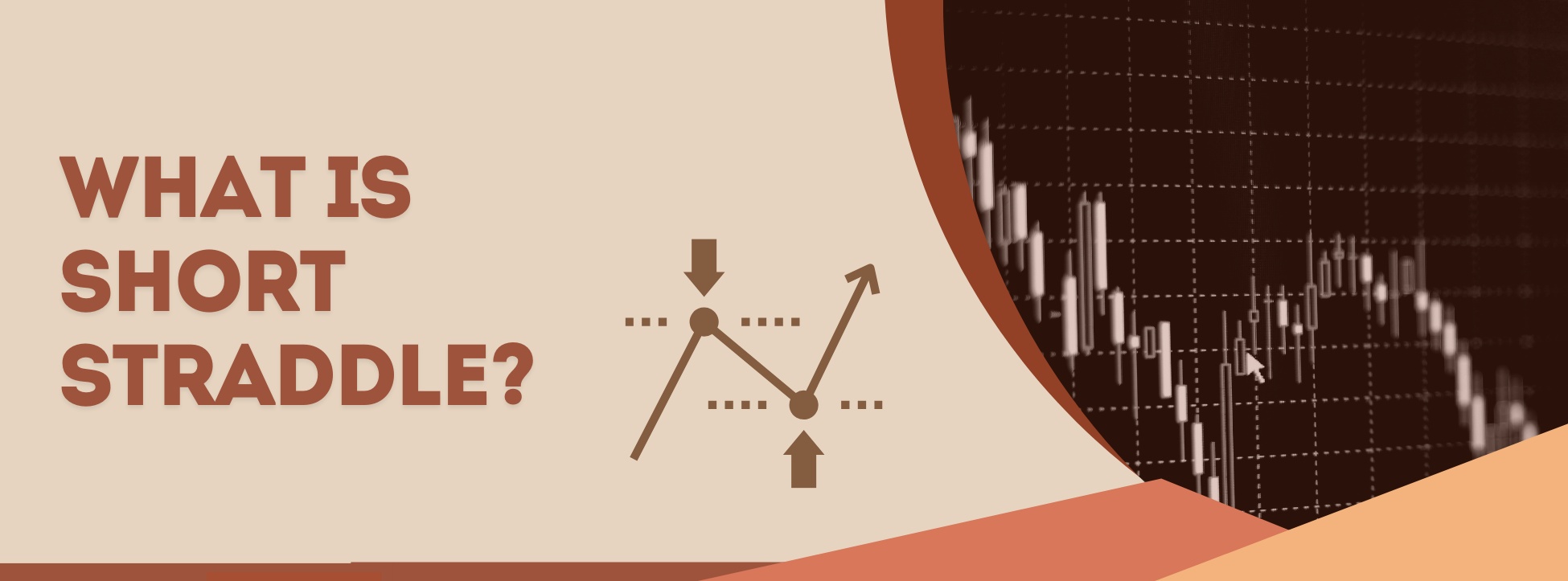Content
- Short Straddle
- What is Short Straddle?
- Example of a Short Straddle
- Maximum Profit
- Maximum Loss
- When Does This Strategy Work?
- Key Takeaways
Short Straddle
Options trading is a risky business, but if you have a decent strategy for when to enter and exit the market, you can make a lot of money. Short Straddle is one such strategy.
A straddle is a neutral, speculative strategy that profits when the underlying stock price stays within a specific range during the option period. There are two types of straddles, namely Long and Short straddles.
If one is uncertain about how an underlying stock's price will move in the short term, this debit options trading strategy can be used. With this strategy, you will benefit from the underlying stock's volatility while also managing risk, as you know at what level your losses will never exceed.
In this article, we will learn what a short straddle meaning is and how one can make a profit with it.
More Articles to Explore
- Difference between NSDL and CDSL
- Lowest brokerage charges in India for online trading
- How to find your demat account number using PAN card
- What are bonus shares and how do they work?
- How to transfer shares from one demat account to another?
- What is BO ID?
- Open demat account without a PAN card - a complete guide
- What are DP charges?
- What is DP ID in a demat account
- How to transfer money from demat account to bank account
Disclaimer: Investment in securities market are subject to market risks, read all the related documents carefully before investing. For detailed disclaimer please Click here.


